Top Digital Marketing Trends 2023
Digital marketing is an ever-evolving beast. Today’s trends are constantly changing, and so are the best strategies. It’s time to start looking at what the future of digital marketing holds—and how your business can stay ahead of the curve. Here are some of the top trends we will see in 2023:
Voice Search Optimization
Voice search is growing, and so is our need to ensure businesses are optimized for voice search. Voice searches are driving changes in what people expect from a website and how they interact with it.
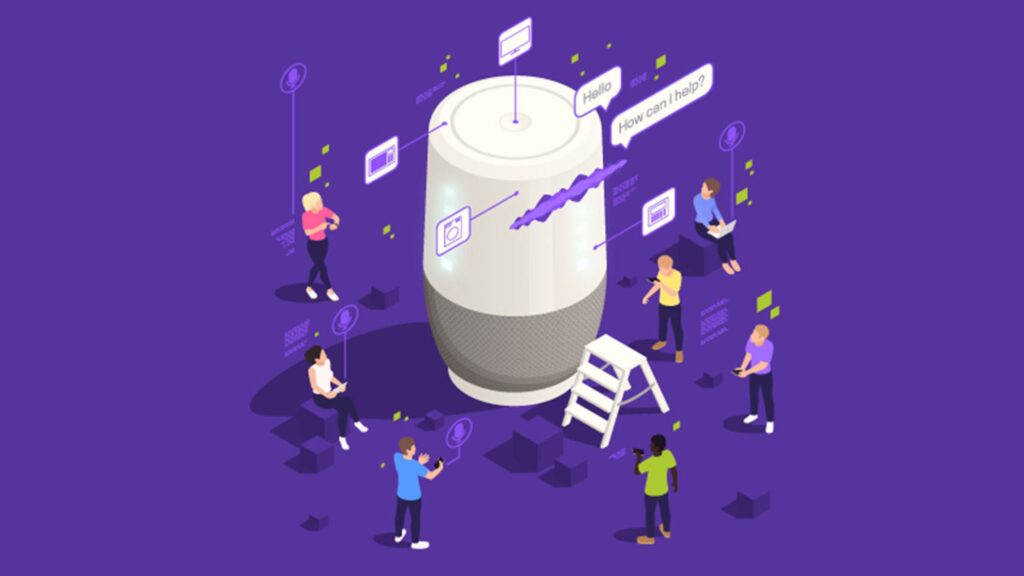
One study found that 57% of consumers use their phones to conduct research before making a purchase decision. And this is where we see the most significant change in expectations: people expect businesses to be conversational on their websites, not just informative or helpful (56%).
This means you should be able to say things like “I need a hotel near my destination, but I don’t want anything fancy” or “I want somewhere where I can eat good food without driving too far away” when searching online; your website should understand what you mean by those statements!
The good news is that it’s not too late to prepare for this change, and there are many things you can do to make sure that your website is ready for voice search. Here are some quick tips:
- Make sure your website is mobile-friendly. This is a no-brainer: if people can’t access your site on their phones, they won’t find it and won’t be able to use it. -Focus on being conversational—don’t just provide information; naturally, answer questions.
- Use AI to improve the way your website works. It’s easier than ever for small businesses to access AI-powered tools and services, which can help you create a better user experience.
- Focus on improving the user experience. People don’t just want information; they also want a good experience interacting with your website. This means making things easy to find and understand as well as providing helpful guidance throughout the process.
Mobile Marketing
Mobile marketing uses mobile phones, smartphones, and other mobile devices to promote products or services. Mobile marketing has become a very popular way to reach consumers.
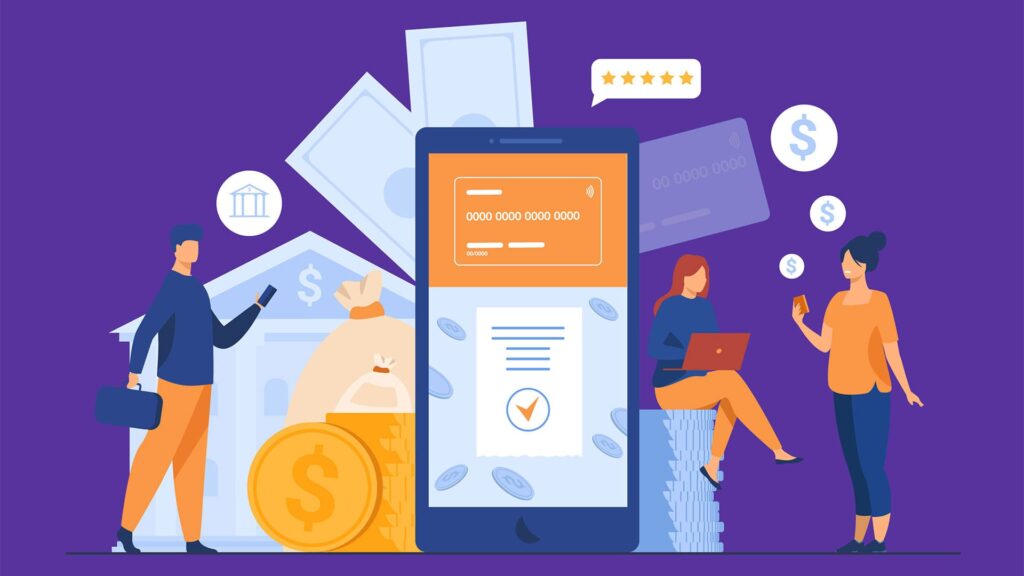
Mobile marketing can be used for many different purposes, including:
Customer acquisition
The most common use of mobile marketing is to attract new customers through advertising campaigns that are delivered via SMS text messages, push notifications, and other short message services (SMS). Brands typically send out these types of advertisements as part of a campaign aiming to generate leads or acquire new customers.
Customer retention:
Another popular use for mobile marketing involves customer loyalty programs to help retain current customers who have already bought from your brand.
Customer Encouragement:
Mobile marketing can also be used to encourage customers to take advantage of loyalty programs, which often provide consumers with discounts and other benefits when they make repeat purchases.
Brand awareness:
Another popular use for mobile marketing is to build brand awareness by sending out SMS text messages with content about your brand or products/services. This type of campaign aims at getting consumers interested in what you offer through short bursts of information delivered via text message
Customer engagement:
Another popular use for mobile marketing involves using SMS text messages to engage with customers who have already bought from your brand. This type of campaign can send out reminders about upcoming appointments, special offers and other information that may be useful to consumers.
Lead generation:
Another popular use for mobile marketing involves using SMS text messages to generate business leads. This type of campaign can send out offers, coupons, and other information that may be useful to consumers.
Build relationship with customers:
You can also use SMS text messages to build relationships with your customers by sending out regular updates, promotions, and other information that may be useful to consumers.
Chatbots and AI

You have probably heard of chatbots by now, but if you haven’t, they are essentially programs that mimic human conversation. They can be used in many different ways, for example:
- to answer customer questions about products or services
- as a communication tool between businesses and their customers
- as a search engine for finding answers to questions online (much like Google)
Chatbots can be useful because they allow businesses to provide information and services without having humans behind the scenes 24/7. If a customer needs help, they can just message the company through their bot instead of calling them directly or waiting on hold for an hour before hanging up in frustration. This makes it easier for customers who don’t know how the system works — especially people who aren’t tech-savvy — because all they have to do is ask their questions in plain English like they would ask another person standing right next to them!
The only problem with chatbots is that they aren’t very good at understanding human language. They can answer questions about basic things like the weather or product prices, but if someone asks a question that isn’t specific to their business’s services, they have yet to learn what to do. For example: If a customer asks where their package is and whether it has been delivered yet, they could tell them exactly what happened with their shipment (or give them an estimated delivery time). But if someone asks how long it takes to ship something from point A to point B instead of just asking for the shipping cost.
Augmented Reality

Augmented reality (AR) is the technology of mixing the physical and digital worlds to create a new blended environment where our physical, real-world surroundings are modified by computer-generated perceptual information.
AR is used in many applications, including entertainment (video games, sports), education (textbooks), art (online art galleries), urban planning and design, telepresence, and virtual prototyping.
AR is also used in the industry for maintenance and training. For example, industrial workers may use augmented reality to learn how to perform a task or troubleshoot an issue by interacting with a virtual prototype.
Augmented reality may be contrasted with virtual reality, which replaces the real world with a simulated one. Augmented reality allows the user to see and hear the real world but also provides an enhanced experience of that world. A key difference between augmented reality and virtual reality is that in virtual reality, there is no interaction with the real environment surrounding the user, while in augmented reality, there is.
Personalized Content
Personalized content is the key to success.

According to a survey by AdWeek, almost half (46%) of people said they would switch brands if they could use personalized content. That’s a lot of people! And that doesn’t count the ones who might not make that choice but will still be influenced by it. So why is personalization so effective? Because it helps you build trust with your audience and engage with them better than generic messages ever could.
Personalized content is more likely to be read, shared, and acted on because it feels like you’re talking directly to the reader. It also helps you tell a better story by creating a sense of connection with your audience.
Personalized content is especially effective when it comes to email marketing. You can use data from your subscribers to send them more personalized messages that will resonate with them. You can also use this data to create targeted campaigns that focus on specific segments of your audience based on their interests and needs.
Smart Shopping Carts
Smart shopping carts are the new trend in e-commerce. They offer faster checkout, more convenient navigation, and a better overall user experience
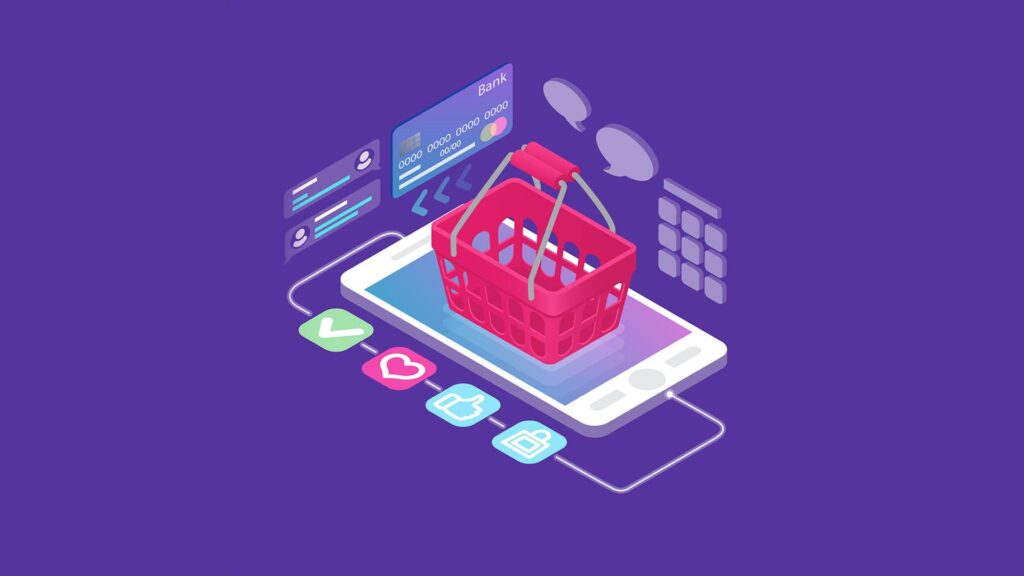
- Smart shopping carts are mobile friendly – Your customers won’t want to wait while checking out on their phones, so make sure your site has quick load times and is responsive to different screen sizes.
- Smart shopping carts are easy to use – The more intuitive you can make your browsing process, the less likely users will abandon their purchase because of confusion over how to get through checkout. A good way to do this is by offering clear instructions for each step along the way (such as “Select Shipping Method” or “Checkout Now”).
- Smart shopping carts are easy to navigate – This makes them intuitive; if someone can’t easily find what they are looking for when searching on your site, they will go elsewhere for their purchases instead. Make sure everything on your website—from links all over the page down through product descriptions—is clearly labeled, so people don’t have trouble finding what they need within seconds of landing on any given page from Google search results outside of social media platforms like Facebook or Twitter (where hashtags help).
- Smart shopping carts are easy to customize – Your site must allow users to input their own personal information and preferences, whether they’re looking for a specific size or color of a product or want their purchase shipped directly to someone else. This makes it easier for people who need help purchasing something online without seeing it in person.
- Smart shopping carts are easy to use – One of the most important things you can do when designing your eCommerce site is to make sure it’s easy to navigate. The last thing you want is for someone visiting your site from Google search results outside of social media platforms like Facebook or Twitter (where hashtags help) and having trouble finding what they’re looking for because there’s no clear way to move around on your website.
Programmatic Advertising
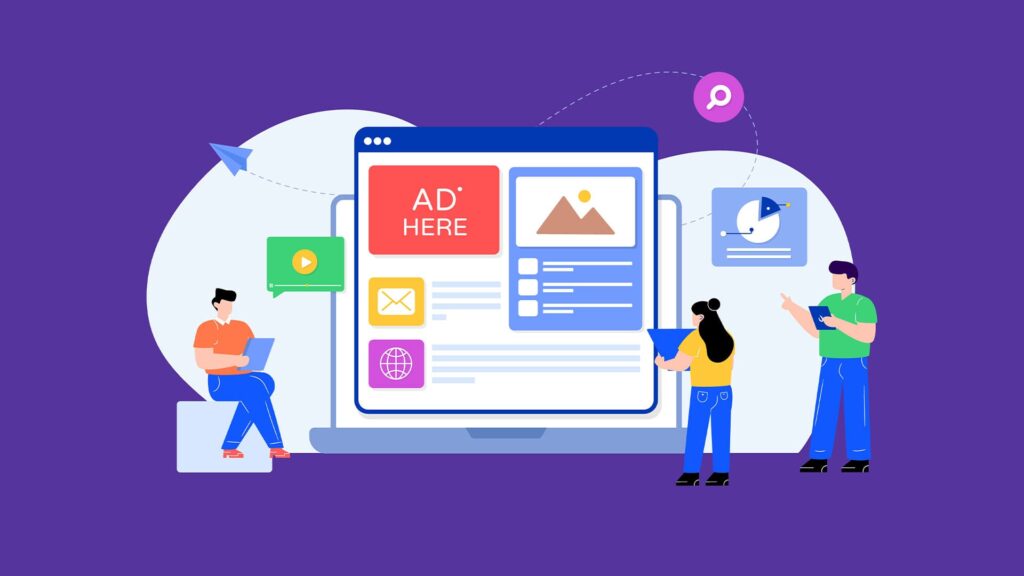
Programmatic advertising is a type of online advertising based on a computer system that automatically purchases and places ads on websites, mobile apps, and other digital properties. It’s often abbreviated as “programmatic” or simply “programming” to reflect how it uses algorithms to automate buying media space.
For example, programmatic advertising allows brands and agencies to purchase digital campaigns using data-driven technology. They can analyze large amounts of data quickly through real-time bidding platforms to target the right audience with their message at the right time.
In addition to being more efficient than traditional media buying, programmatic advertising is also more cost-effective. It can help companies reach the right audience at the right time and place while reducing costs by eliminating manual processes such as creating bids and placing orders.
Programmatic advertising uses data to target the right audience at the right time and place.
There are many different types of programmatic advertising, including real-time bidding (RTB), which allows advertisers to bid on ad space in real-time.
Other forms include data-driven media planning, which uses data to inform where and when ads should be placed, and audience targeting. It allows brands to reach specific groups based on their interests or demographics and retargeting, where ads follow users around the internet after they visit a particular website.
Influencer Marketing
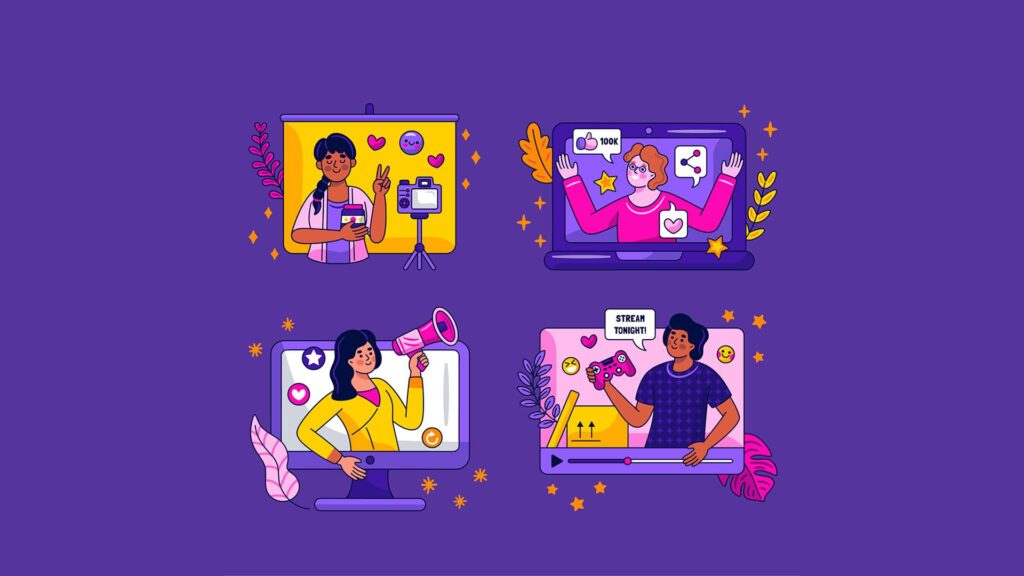
Influencer marketing is a form of marketing that uses social media influencers to promote a product or service. Influencers are people who have a large online following and influence the buying decisions of their followers. They can be celebrities, athletes, musicians, or even regular people with skills in specific areas.
Influencer marketing is an excellent way to reach new customers because it allows you to tap into their followers’ networks while getting feedback from your target audience before launching any new campaigns. Furthermore, using influencers will help increase brand awareness among your target audience by boosting engagement rates as well as increasing sales conversions through word-of-mouth referrals.
Email Marketing

Email marketing is a great way to keep in touch with customers, promote your brand, and promote new products. It can also be used for customer service.
Email marketing works because it allows you to build relationships with your audience through email newsletters and other similar formats. You can send out newsletters about special offers or upcoming events or create a newsletter series around certain topics (like health and wellness). Or use email as an opportunity for customer service by having people submit questions via email that you then answer in an automated reply (or via human interaction if needed.)
A major benefit of email marketing is that it’s easier than other forms of marketing, such as social media. You don’t have to create content for emails or posts (unless you want to), and it takes less time than creating a video or podcast episode.
Email marketing is also a great way to build relationships with your audience. Communicating with them and getting the word out about important topics or events is easy. You can use email marketing for customer service, but it’s also a good way to promote new products or services.
Target Marketing

Targeted marketing is where you send your marketing message to a specific group of people. This could be people who have purchased from you in the past or even people who had visited your website and left their contact details on it.
Targeted marketing is more effective than mass marketing because it is tailored to your target audience. Targeting an audience is also great for brand building. It allows you to build trust with potential clients and customers by sending them personalized messages instead of generic ones that don’t speak to anyone specifically.
When you do target marketing, you can send your message to a group of people who are more likely to be interested in what you offer. This ensures your message isn’t lost between mass marketing and direct marketing.
Direct marketing is when you send your marketing message to a specific person. You can do this by mailing it out or sending it via email. This is more effective than mass marketing because it allows you to focus on one person at a time rather than sending generic messages out into the world and hoping that someone sees them.
Interactive Marketing
Interactive marketing is about creating a two-way conversation with your customers. It is about listening to their needs and responding to them promptly. Interactive marketing requires transparency and honesty so customers can trust you as a brand.

To create this kind of dialogue, you must be willing to listen, respond, and make the necessary changes based on feedback from the market. You must provide value through your content for people to want it; then, they will open up their wallets for more products or services from you.
Marketing is a two-way conversation between you and your customers. It is about providing value through your content so that people will want it; then, they will open up their wallets for more products or services! Marketing isn’t just about putting your brand out there; it’s also about listening to what people say about you. Your marketing strategy should be based on customer feedback and the changes you can make to serve their needs better.
Keep up with the trends
Digital marketing is changing fast. Keep up with the trends to keep your business relevant in the market. If you’re reading this article, you are probably already aware that digital marketing is an ever-changing industry. As the years go on and new trends emerge, it’s important to keep up with the latest news and trends so that your business stays relevant in the market. If you ignore these changes, your business will be left in a cloud of dust as other companies begin to thrive.
The good news is that plenty of resources are available to keep up with these changes! You could read blogs, watch videos about digital marketing, or even attend live events where people in the industry come together to discuss what’s new in their field.
But the best way to keep up with the latest trends in digital marketing is to join a community of like-minded professionals. So marketers and business owners need to be part of a community and some specific things you can do to help your business thrive.
Take Away
The key takeaway is that digital marketing needs to keep up with the trends if it’s going to remain relevant and effective. There are many ways to do this, but the most important thing is to focus on your customers by providing them with personalized experiences that help them get what they need quickly and easily.
